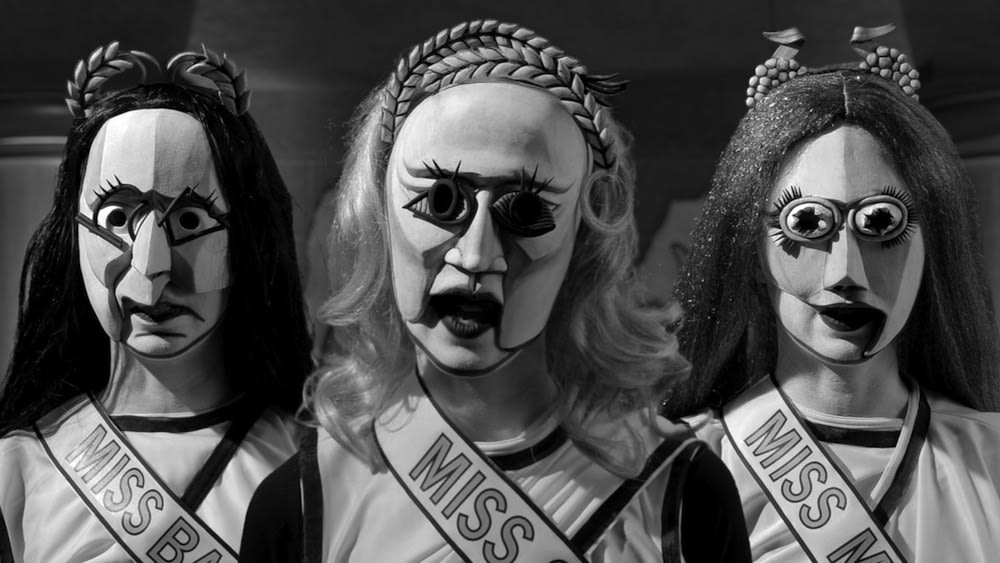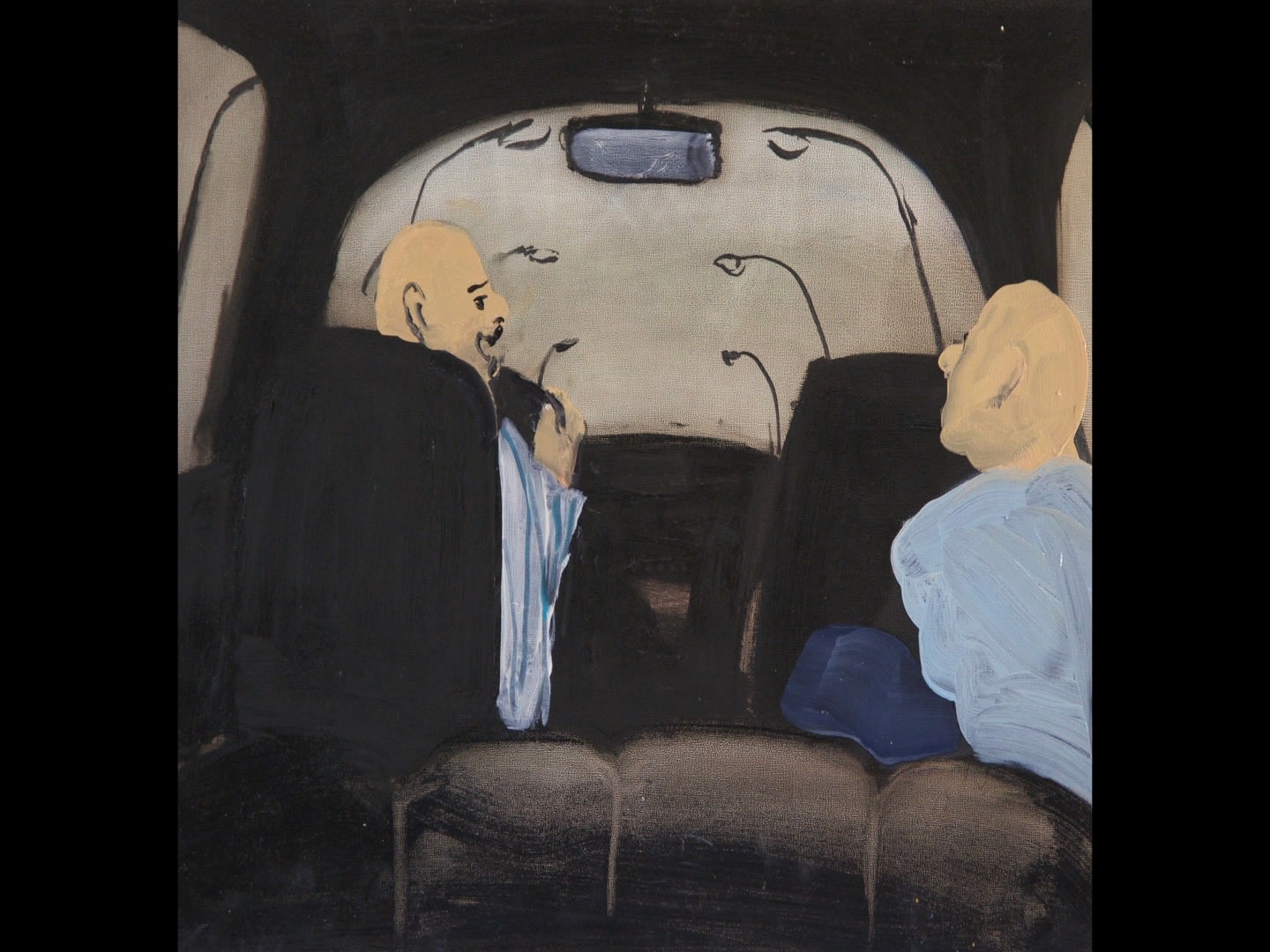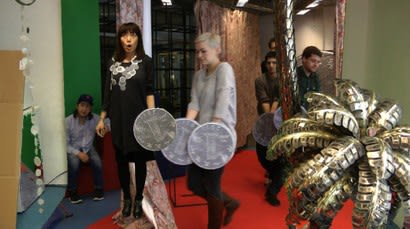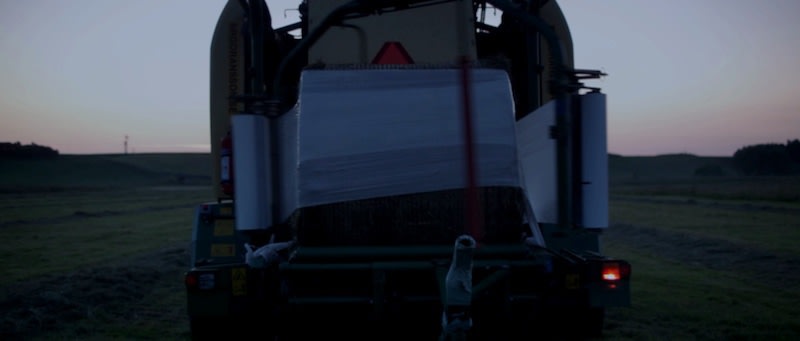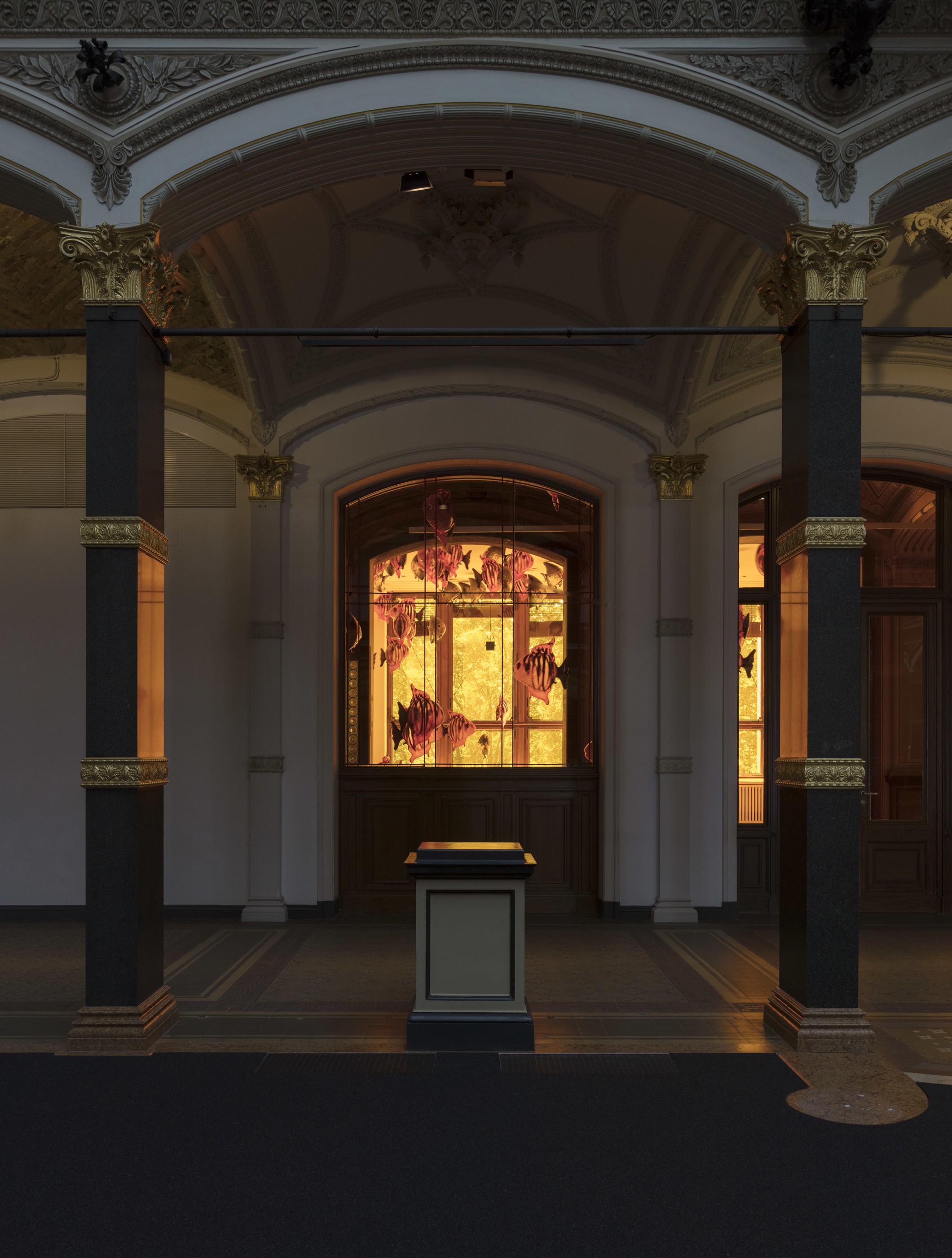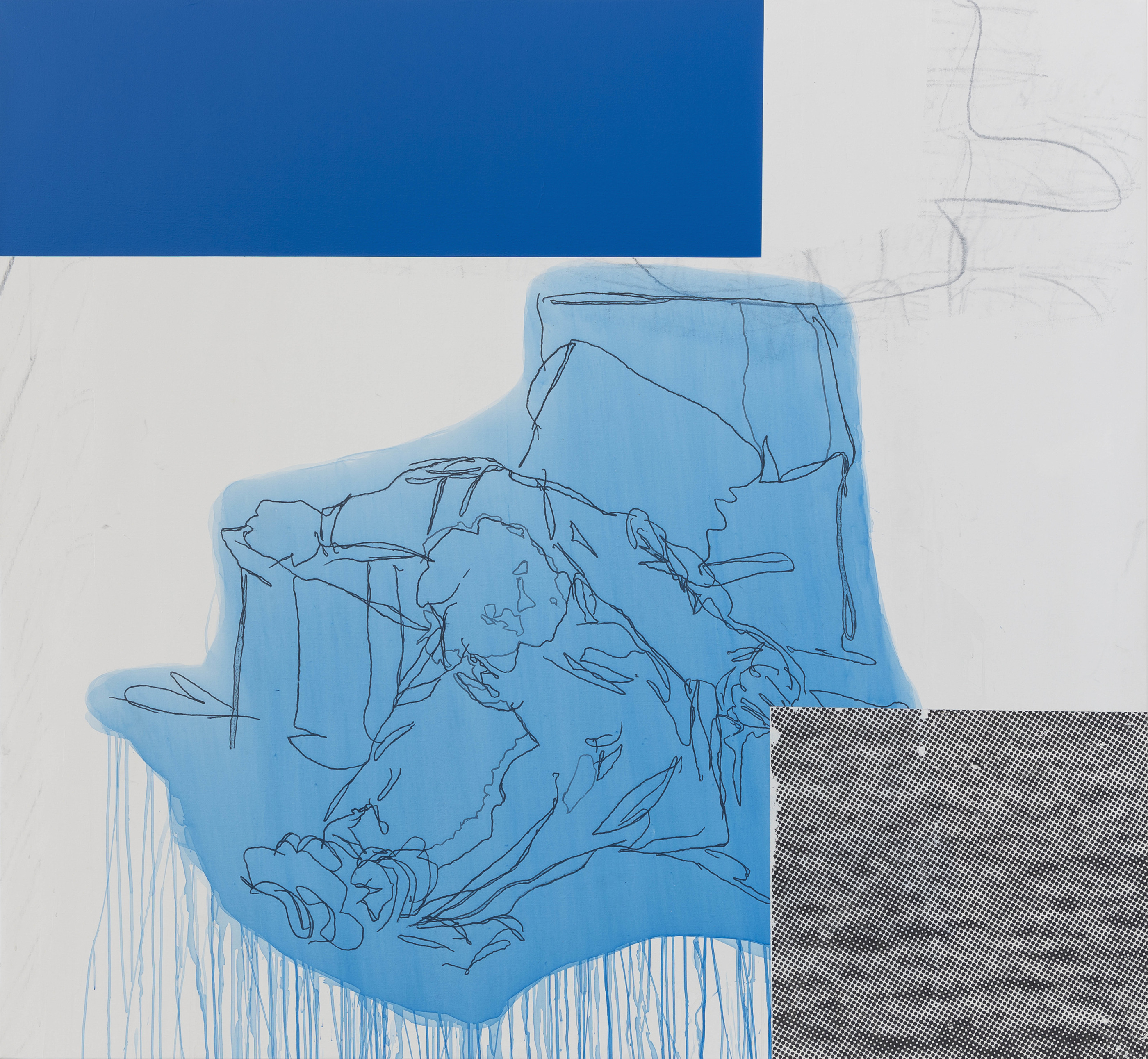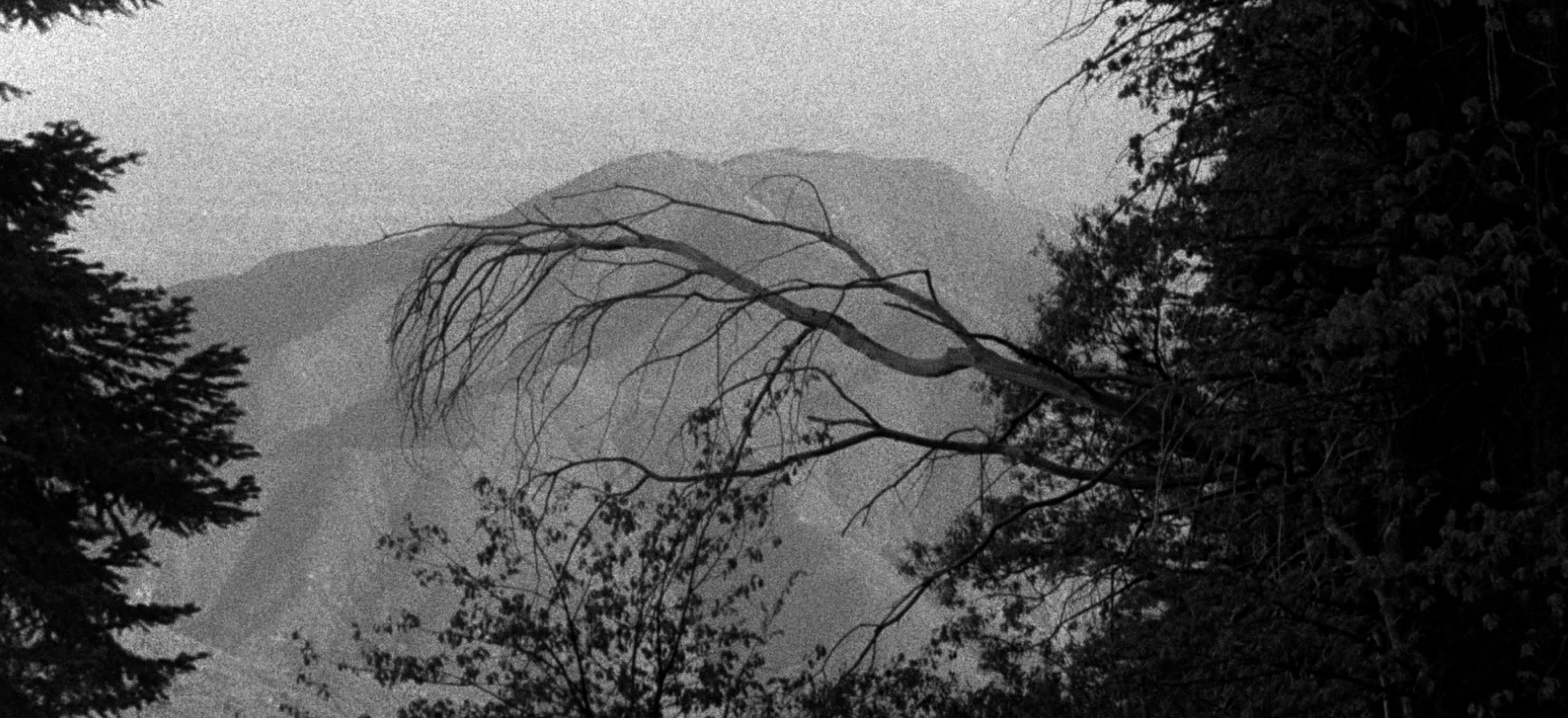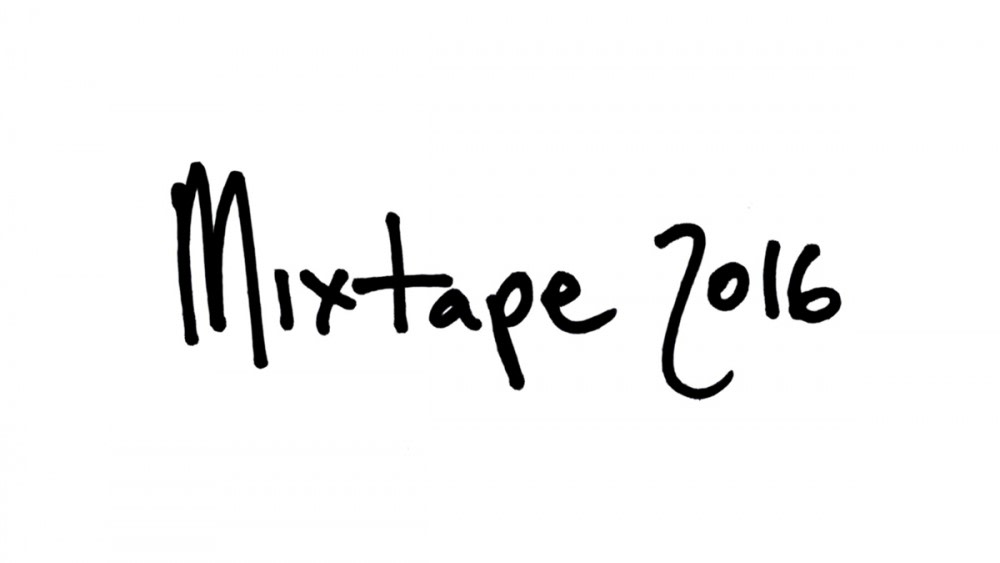
Mixtape 2016
Overview
Pilar Corrias presents Mixtape 2016, a compilation of film and video from nine gallery artists. The exhibition devotes two days to each artist, showcasing the unique aesthetics of their practices and collectively the diversity of the gallery programme.
Mixtape 2016 stems from a commitment to film and video art held from the gallery’s inception. The expanding field of the moving image bridges a number of disciplines: single and multiple-projections of analogue and digital film, multimedia environments, computer and net- based installations all belong to the current discourse of contemporary screen cultures.
Recurring themes in Ulla von Brandenburg’s videos are sourced from literature, expressionist theatre, early cinema, and pre-Freudian psychoanalysis. Often her films are shot in black and white, with a bittersweet taste of saturnine melancholia, and revolve around the theme of the mirror. 8 (2007)—a number figuring eternity and multiplicity—portrays château de Chamarande’s baroque rooms with a
slow steadycam shot. The reflection of the image in the mirror presumes another self that determines an altered state of awareness and consciousness. Chorspiel [Choral Play] (2010) a ‘tableau vivant’ made up of a wanderer, a family of three generations, and a Greek chorus that voices the characters’ psychological states and proffers a predicament to the audience. The choice of black and white distorts the viewer’s perception of the observed reality, placing him in an atemporal ‘mise-en-scène’. Furthermore, the absence of colour conveys an even greater theatricality to her films and highlights shadow and light techniques, in which the shadow is not a phantom of ourselves, rather an inescapable mark that defines us. Capitalising further on this technique in Shadowplay (2012), von Brandenburg borrows traditions of commedia dell’arte and French XIX Century shadow plays, creating a dense imperceptible atmosphere.
Greek drama, mythology and predicaments belong to Mary Reid Kelley’s oeuvre too. Priapus Agonistes (2013), Swinburne’s Pasiphae (2014), and The Thong of Dionysus (2015), compose the Minotaur trilogy, in which she redraws the myth in a comical and contemporary way. Inspired by Jorge Luis Borges reimagining of the myth in The House of Asterion, she narrates the story of the Minotaur, Ariadne, and Pasiphae from three different perspectives: her Minotaur is a daughter, lost in a labyrinth in a gymnasium basement, Theseus has been replaced by Priapsus—Greek god of the phallus—and Queen Pasiphae becomes a modern diva with blonde beaded hair who sunbathes under a pergola. Her video works are infused with allegory and deal with topics of sex, mortality and estrangement, often led by characters that enact a dialogue entangled with tragic-comic meanings.
In her animations Tala Madani teases caricatures of middle-aged men, who become hapless figures, engaged in absurd vignettes. Madani says, what “[...] makes them interesting is that, though they’re going through tough moments, they’re willing and smiling through it all. Humiliation is desired and welcomed. The line between the perpetrator and the victim is blurred.”
Ken Okiishi presents two works, (Goodbye to) Manhattan (2010) and The Deleted Scene (2012). In (Goodbye to) Manhattan, a German translation of the script of Woody Allen’s Manhattan (1979) was fed into an online translation website, and this fractured language was performed by people caught between Berlin and New York, as those cities became melded both as a digital game fantasy and physical reality (circa 2006-2009, when the work was filmed). The fallout of this experiment in living became a site for a reflection on the contemporary body, emotions, cities, and languages, as the euphoria around digitality confronted total exhaustion. A green-screen technique is used to collapse these mental and physical spaces; for Okiishi, the green screen represents the site of collapse between what is inside and outside of the screen itself, and the spaces and actions in the film move with an abject fluidity: images, text, sound and actions are constantly displaced, and the sense of the film becomes entirely porous. The Deleted Scene (2012) takes as its starting point the opening scene of the Hollywood musical Gold Diggers of 1933, which was circulated among the community of a self-organized cinema space in Zurich, AP News, in anticipation of filming a “musical” that would transform the cinema space and surrounding neighbourhood into a production studio and set. The series of actions that resulted from this week of production were filmed and then edited into a four-channel video.
Philippe Parreno presents one of his early works, Mont Analogue (2001). It is composed of coloured monochromatic stills, projected with no lens, which translates René Daumal’s eponymous unfinished novel Mont Analogue (1952) into Morse code. The idea of transposition from one format to another—translating an experience without representing it—is one of his most common practices. Parreno’s Morse code is topologically identical to René Daumal’s novel because they describe the same place. The experience is then simultaneously the same, yet different.
Intimacy and distance, intentional melancholia, and timelessness, are the themes that govern one of Julião Sarmento’s videos main protagonist: the human figure. In Jolie Valse (2007), two different dancers dancing alone, both reveal two different body languages. They are close yet they are so distant, leaving the spectator with a sense of shared abandonment.
In Shahzia Sikander’s video-animation The Last Post (2010), politically charged images serve as a means to reinvent the world. Ideas depicted on paper are put into motion and the viewer is exposed to a complex layering of images drawn from Indo-Persian miniature painting as well as from her interest in the British colonialism of the Indian subcontinent. In her work the ground shifts continuously and rapidly and can be seen as a metaphor of a fluid society in which a ‘cosmic’ climax is then reached: the figure of the company man dissolving into its pictorial elements and then exploding into fragments, fulfilling the wish of the dissolution of the colonial era. The Last Post is a strong political declaration where the transforming image of the male figure is a stand for power relations and hierarchies. Furthermore, it seeks to question the economic cornerstones that sustain contemporary corporate practices.
John Skoog’s works follow the tradition of Scandinavian films with stark landscapes and slow pacing. The trilogy of films Sent på Jorden (2011), Förår (2012), and Reduit [Redoubt] (2014) is characterised by minimal narrative and meta-time[1], in which long tracking shots
slowly reveal natural scenarios of transition and complex human behaviour. ‘Late on earth’, translation of Sent på Jorden, is filmed at
dusk; it enacts the end of summer in Skoog’s native town and addresses the passage from childhood to adulthood. Förår, or ‘early spring’, is set during the evening and explores the psyche of one of the characters introduced in Sent på Jorden. Time fluctuates as the fourth dimension—we are looking back to what was and at the same time forward to something that we do not yet know will be. Finally, one long tracking shot composes Reduit. Skoog and his camera linger over the worn down building material once belonging to Karl-Göran Persson’s farm. Afraid that the Soviet Union would have invaded Sweden, he fortifies his farm with everything he finds. The camera walks us through the house, feeling his personal imprint.
‘Chew the Fat’ is an idiom, used in general conversations. It refers to the act of talking, often rubbish, merely to pass time. Rirkrit Tiravanija’s homonymous Chew the Fat (2008) is about bringing people together and conveying a sense of community, causes to which this artist is profoundly committed. The film portrays a group of twelve artists, who all belong to the same generation and share a friendship. Expressed in a series of informal and relaxed conversations on various topics, we grasp the perspective of a generation that has created a new experience of art. These ‘portraits’ precede some of Tiravanija’s most interesting works of the past years. They are complex investigations on people with different cultural backgrounds who surround the artist’s everyday life. His identity is revealed through thoughts, dialogues and works of others. Tiravanija says, “I am interested in the possibilities that can be arrived at when people put their ideas together.”


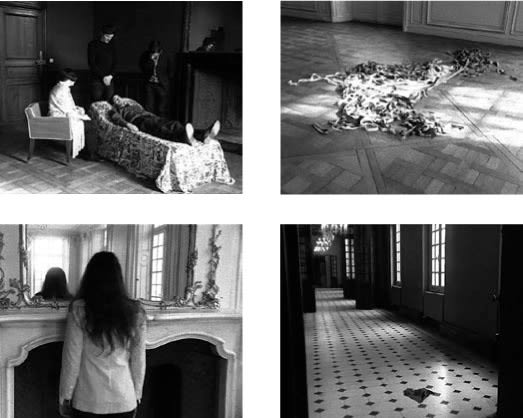
![Ulla von Brandenburg Chorspiel [Choral Play]2010 HD video, black and white, sound 10'35'](https://artlogic-res.cloudinary.com/w_800,c_limit,f_auto,fl_lossy,q_auto:best,dpr_2.0/artlogicstorage/pilarcorrias/images/view/de8d860a483eb873a93d93a8c7785a58b4ec79d9/pilarcorrias-ulla-von-brandenburg-chorspiel-choral-play-2010.jpg)






